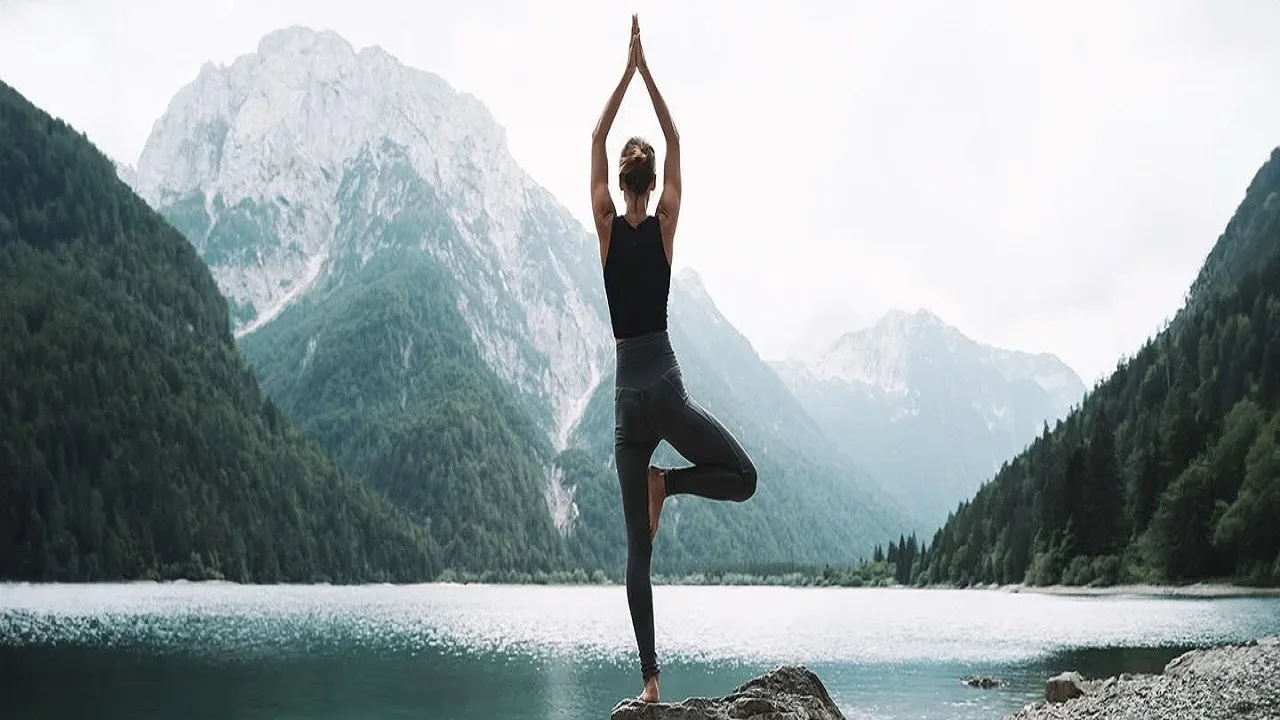Hatha yoga is considered the most original form of yoga, combining all yoga styles. In Ayurvedic teachings, it is used primarily to relax and calm the breathing. Its technique and execution differ fundamentally from other yoga styles.
Hatha Yoga is a versatile and accessible form of yoga originating in Ayurvedic teachings. By combining physical exercises, breathing techniques, and meditation, it offers a comprehensive method to harmonize body and mind and promote general well-being. Regular practice at home can help reduce stress, increase flexibility, and achieve a deep sense of relaxation. Expert Giulia Tamiazzo explains the benefits of the yoga style.
What is Hatha Yoga?
Hatha Yoga is one of the best-known and oldest forms of yoga. The term “Hatha” is made up of the syllables “Ha” (sun) and “Tha” (moon), which symbolically means the union of opposites. Hatha Yoga aims to bring the body and mind into harmony through physical exercises (asanas), breathing techniques (pranayama) and meditation. “Hatha Yoga is also referred to as the original form of yoga because all other yoga styles that we know today have developed from it.”
What distinguishes Hatha Yoga from other types of yoga?
Hatha yoga differs from other types of yoga in its methodical and structured approach. Unlike dynamic styles such as Vinyasa or Ashtanga, where the exercises are practiced in a flowing sequence, Hatha yoga focuses on holding individual positions. Tamiazzo: “You assume a yoga posture and then hold it for several minutes. The positions are quite powerful and not a passive stretch like in Yin Yoga. You do not move into the next position fluidly, but consciously move out of the previous position and then assume a completely different posture.” This allows practitioners to concentrate intensely on the alignment of the body and breathing
downward dog (Adho Mukha Svanasana):
Start on all fours; hands shoulder-width apart and knees hip-width apart. Push the hips up and back so that the body forms an inverted “V.” Press the heels towards the floor. Breathe in and out deeply and evenly through the nose. Hold this position for 5-10 breaths or several minutes.
The shoulder bridge (Setu Bandhasana):
Lie on your back, knees bent, feet hip-width apart on the floor. Slowly raise the pelvis, keeping the shoulders and arms on the floor. Hold the position. Breathe deeply and evenly through the nose. Hold this position for 5-10 breaths or several minutes.
The twisting seat (Ardha Matsyendrasana):
Sit on the floor, one leg stretched out, place the other leg over the stretched leg. Turn the upper body to the side, bringing the opposite elbow to the outside of the bent knee. Breathe deeply and evenly through your nose. Hold this position for 5-10 breaths or several minutes and then switch sides.
